The predecessor of the National Demonstration Center for Experimental Basic Medical Science Educationwas established through the integration of three provincial experimental teaching demonstration centers: the Experimental Center for Medical Biochemistry and Molecular Biology (approved in 2005), the Experimental Center for Functional Science (approved in 2007), and the Morphological Experimental Teaching Center (approved in 2009). In 2015, it was officially recognized as a National Demonstration Center for Experimental Basic Medical Science Education. Guided by the development philosophy of "large center, large platform, large collaboration, and large support" and adhering to the fundamental principles of basic medical experimental teaching, the center is dedicated to cultivating high-quality, high-level medical professionals to meet the evolving needs of national and regional healthcare development and economic advancement.
The center has developed several key teaching platforms, including the Medical Biological Experiment Credit Center, the Medical Morphological Subcenter Center, the Subcenter of Human Functional Experiment, the Virtual Simulation Center, the Life Science Museum, and the Science and Innovation Base for College Students. In 2021, it was recognized as an Outstanding National Demonstration Center for Experimental Basic Medical Science Education. In 2023, the center successfully passed the stage summary and acceptance review conducted by the Ministry of Education.


Under the management and guidance of the school Operation Management Committee and the Teaching Steering Committee, the Center has developed three dimensions of "management mechanism, quality system, and evaluation system", built four operation management guarantee systems of "personnel management system, instrument, and equipment management system, quality assurance system and teaching quality evaluation system" experimental management and established and improved relevant systems and policies. The center ensures the overall coordination of human, financial, and physical resources. A comprehensive, dynamic, diverse, and scientifically objective evaluation system for teaching quality has been established, along with a robust teaching quality control system. This system covers all aspects of teaching, including lesson preparation, trial teaching, supervision, and management. It forms a closed-loop process of teaching quality management, encompassing supervision, evaluation, feedback, and rectification. This approach ensures that teaching follows established guidelines, processes are standardized and orderly, and the quality of education is consistently maintained.
The center employs 191 staff members, including both theoretical and experimental faculty. Since 2018, the proportion of full-time senior faculty has increased from 65% to 85.2%, while the percentage of faculty with doctoral degrees has risen from 64% to 93.2%. The center is supported by 21 doctoral supervisors and 48 master’s supervisors, with 66.4% of faculty members aged 30-45. A dynamic and innovative experimental teaching team has been formed, characterized by forward-thinking ideas and a balanced structure. Over the past five years, the team has edited or co-edited 15 textbooks and experimental monographs. Textbooks they created have been widely adopted by other universities. The team also contributed to compiling the "Industry Consensus on Basic Requirements of Basic Medical Experiment Teaching" for use in clinical medical education across China.
Additionally, the center has excelled in "curriculum thinking and politics" education, with four model courses approved by the provincial "curriculum thinking and politics" initiative. It leads the construction of 10 national first-class courses and 24 provincial first-class courses and has received the first and second prizes for provincial teaching achievements. A new experimental teaching system has been developed, integrating basic medical courses with a focus on organ systems and case-based learning, helping clinical medicine majors pass the Ministry of Education certification. The center also supported the university in obtaining 14 National First-Class Professional Construction Points, covering 88.48% of the student population, and winning several national "Excellent Doctor Education and Training Program" projects, along with Central Government Special Fund Construction Projects. This has contributed to the development of provincial brand majors and key categories.
Currently, the center spans a teaching area of 16,337 square meters and houses 8,125 pieces of teaching equipment. It includes 13 digital interactive laboratories, 3 information technology laboratories, 420 booths, 3 PBL classrooms, and 1 smart recording room. In addition, it features a digital learning platform with tools such as the morphology digital slicing workstation, digital human anatomy system, AR anatomy system, simulated operating table, physiologically driven analog human, and virtual simulation training projects. The center has developed 63 online courses, five digital teaching materials, and 205 virtual simulation projects. Of these, 11 virtual simulation projects were developed in collaboration with enterprises, and a virtual teaching and research room for integrated basic medical courses was established in partnership with Guizhou Medical University, creating a shared resource base for fostering innovative medical talent. These resources provide strong support for the balanced and high-quality development of education and the ongoing improvement of teaching quality.

Digital interactive laboratory
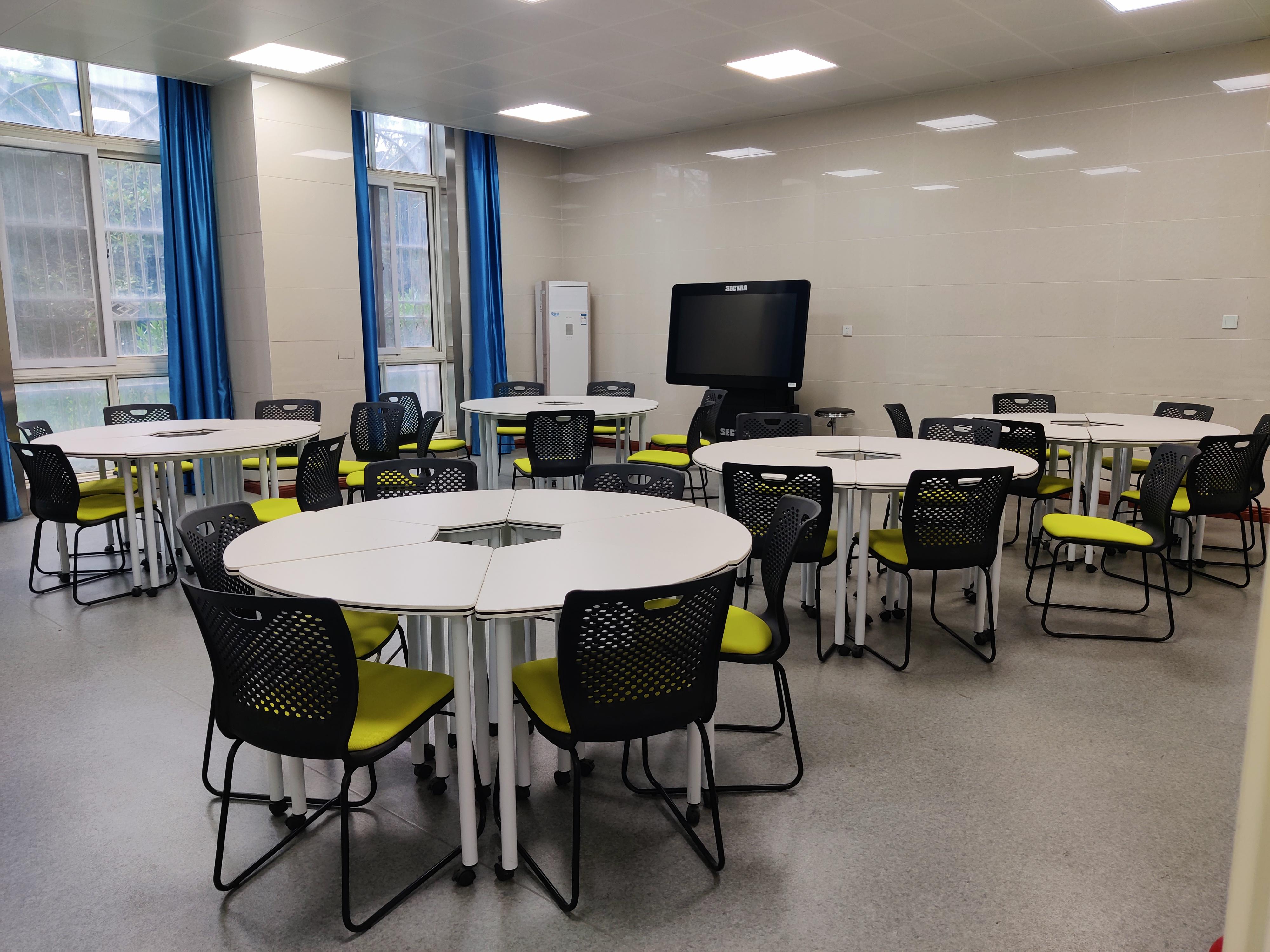
PBL Classroom
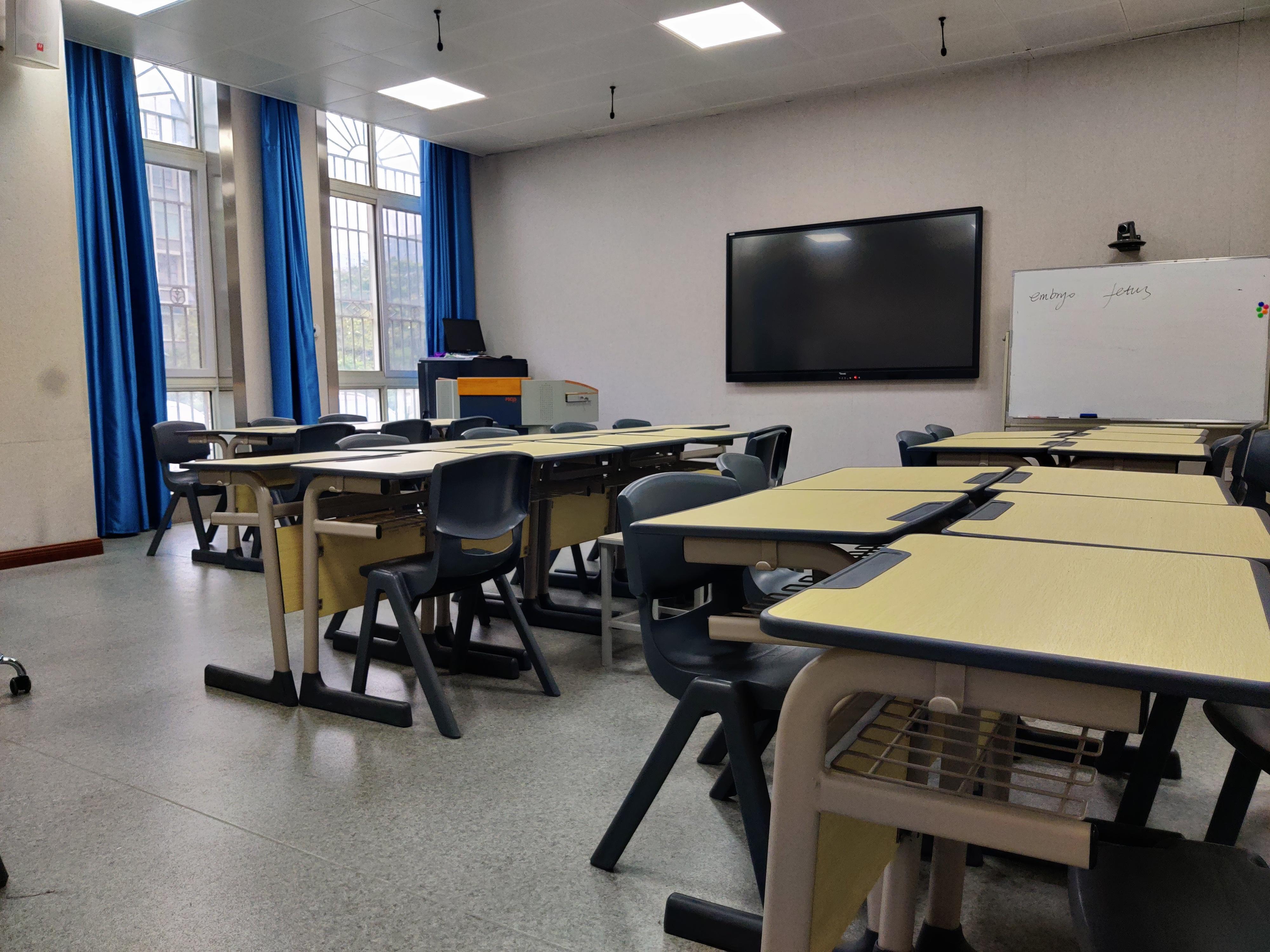
Recording and broadcasting classroom Information function laboratory
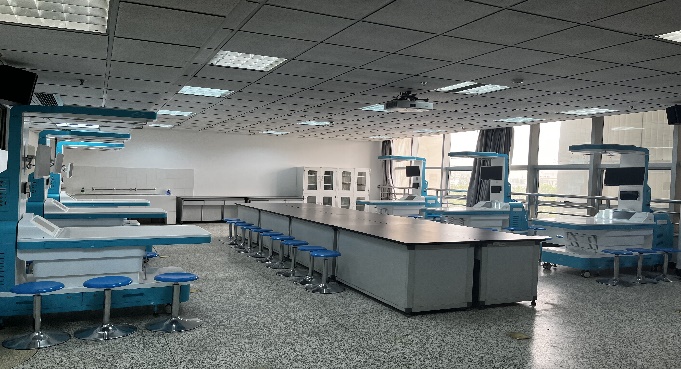
Information function laboratory
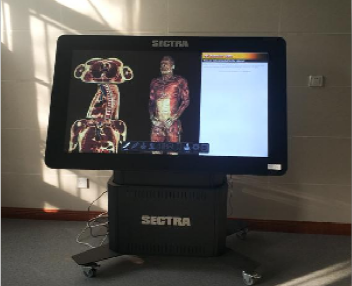
Real-time 3D reconstruction of the dissecting table
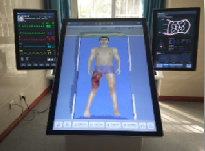
Human physiological driving system
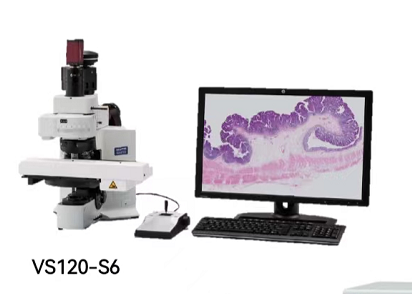
Digital slicing workstation
In alignment with the service orientation of "based in Jiangsu, radiating across the country, and facing the world", the center prioritizes the national talent strategy and responds to societal development needs. It upholds the experimental teaching philosophy of "strengthening the foundation, emphasizing practice, cultivating skills, encouraging innovation, and improving quality". The center continuously refines its experimental teaching system, which integrates "students' ability development as the main focus, clinical case-guided theory and practice, mutual penetration of basic and clinical education, and the promotion of teaching and research in tandem with school-society cooperation". The reform concept is centered around the "Four Early Education" approach: early clinical exposure, early holistic perspectives, early involvement in scientific research, and early social practice.
The center has implemented a "modular, integrated, and hierarchical" experimental teaching model that promotes the integrated development of education, science, technology, and talent cultivation. This approach aims to comprehensively enhance the quality of talent training.
The center serves over 35,000 undergraduate, postgraduate, and international students in medical and related fields at our university. It offers 27 experimental teaching courses and 243 experimental projects, with an annual teaching load of nearly 810,000 hours. By fostering an inspiring, autonomous, and problem-based learning environment, the center encourages the integration of basic and clinical education, cultivates the comprehensive qualities of medical students, and enhances their competence and practical innovation skills. Experimental teaching, combined with scientific innovation, boosts students' creativity and prepares them as future top-tier talent. Over the past five years, students have garnered more than 200 awards in provincial competitions, including the Gold and Silver Awards of the "Creative Youth" competition, the "Challenge Cup," the "Internet+" competition, the Grand Prize in the National College Student Life Science Competition, the Grand Prize in the National College Enterprise Digital Operation Challenge, and Gold and Silver Awards in the National College Student Basic Medical Innovation Competition, representing historic milestones for the school.
The center also leverages its broad influence by participating in teaching conferences both domestically and internationally, exchanging valuable experiences, and providing guidance on case teaching for similar institutions. A seminar on teaching reform and classroom design, co-organized with Southern Medical University, benefited over 300 attendees. The center has hosted further study programs for faculty from two universities. Additionally, relying on the provincial popular science base of our center, it disseminates medical knowledge to the public through both online and offline services, reaching more than 50,000 individuals. Regular science popularization events, such as Science Popularization Week and Laboratory Open Day activities, have engaged nearly 2,000 participants. The center also leads student teams in the "Doctors to the Countryside" initiative, promoting medical knowledge and supporting health education in rural areas.
Looking forward, the center will continue to align with the university's mission, guided by advanced educational philosophies and concepts. Its foundation remains the training of high-quality, innovative talent. The center will focus on deepening the reform of teaching content and curriculum, optimizing the medical practice teaching system, and improving the quality of basic medical experimental education in accordance with national undergraduate medical education standards.